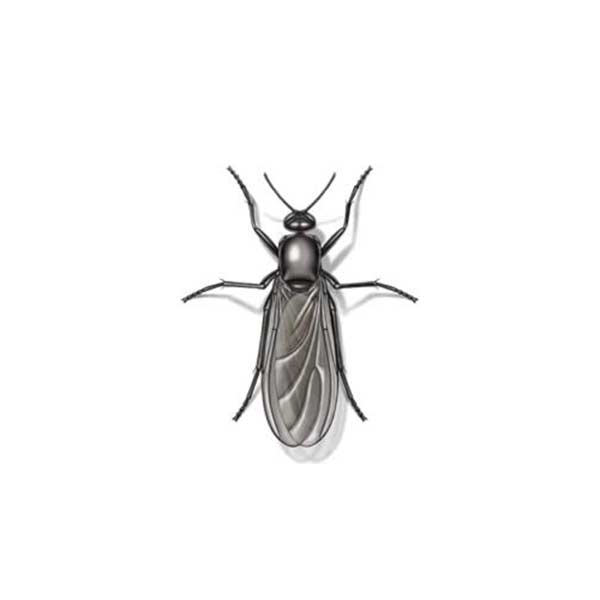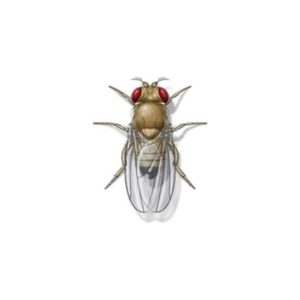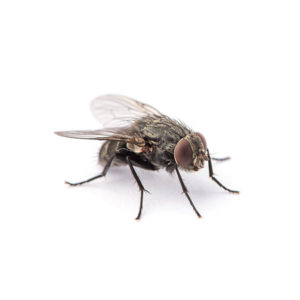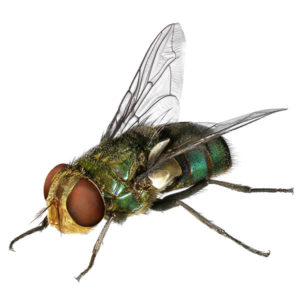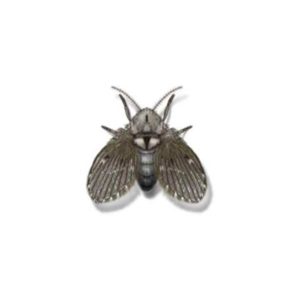Gnats in Florida
Florida’s warm, humid climate makes it an ideal home for many types of gnats. These tiny pests are often found in areas with moisture, such as gardens, houseplants, and near standing water. While most gnats are harmless, some can cause irritation by hovering around people and animals or even leaving itchy bites.
Common types of gnats in Florida include fungus gnats, eye gnats, and biting midges. Each type has unique habits and preferred environments. Understanding these differences is key to managing gnats effectively and keeping them from becoming a nuisance.
What Do Gnats Look Like?
Gnats are tiny, delicate insects with long antennae and slender bodies. Adult gnats are weak fliers often seen hovering in swarms near lights or damp areas. Gnats and midges are common names for a large number of small, non-biting flies found throughout the United States. These flies typically breed in aquatic environments and can emerge from these sources in high numbers. Most species that affect homes and buildings are nighttime fliers that are attracted to the light on buildings. People are often troubled by the presence of these insects as they confuse them with mosquitoes. However, unlike mosquitoes, midges and gnats lack a biting needle, and because of this, they cannot spread disease.
Signs of a Gnat Infestation
Signs of a gnat infestation can be quite noticeable. One of the first indicators is the presence of swarms of tiny flies near windows, plants, or drains. These pests are often seen hovering around these areas, especially in the evening when they are attracted to light sources. Gnats are known for flying in swarms, and these swarms can sometimes look like clouds, completely covering houses, vehicles, patio furniture, and plants in the landscape.
Another key sign of a gnat infestation is the presence of fungus gnat larvae in the soil of overwatered houseplants. These larvae feed on the roots of plants, potentially damaging or killing them. If you notice unusual fly activity or find larvae in your plants, it may be time to investigate further to determine if you have a gnat problem.
Habitat, Diet, Life Cycle & Behaviours
Where Do Gnats Live?
Gnats prefer damp, humid environments, making Florida an ideal habitat. Gnats and midges are most common in spring and summer and are important pests around lakes, rivers, and aquatic areas where they lay their eggs. Although they are weak fliers, they can be carried long distances by downwind, migrating from nearby ponds, lakes, or rivers to swimming pools, homes, and buildings. Fungus gnats are often found in the soil of overwatered potted plants, while midges are associated with aquatic areas.
Diet
What gnats eat depends on their species. Fungus gnats feed on fungi and decaying organic material, which is why they are often found near houseplants or compost piles. Eye gnats are different—they are drawn to moisture on people and animals, like sweat or around the eyes.
Each type of gnat has unique feeding habits. These preferences affect where they are most commonly seen. Understanding their diet can help identify the type of gnat and manage the problem.
Life Cycle
Gnats go through four life stages: egg, larva, pupa, and adult. In the larval stage, fungus gnat larvae feed on plant roots, often harming houseplants. These tiny flies do not feed and only live long enough to mate, lay eggs, and die.
Behaviors
Gnats are typically attracted to light, moisture, and decaying organic material. At night, midges are attracted to outdoor lights in large numbers. Many gnats and midges are attracted to light and can be a nuisance, landing on people or entering homes or businesses.
Are Gnats Dangerous?
Gnats are generally not dangerous, but they can be annoying. Most gnats don’t bite or harm humans, although some species, like biting midges, can leave itchy bites.
Eye gnats may irritate humans and animals by hovering around the eyes and spreading germs that cause minor infections. Fungus gnats are harmless to people but can damage houseplants by feeding on roots.
While they are more of a nuisance than a threat, controlling gnats can help prevent these problems. If you are dealing with a gnat or midge fly problem on your property, contact your local fly control experts.
How to Get Rid of Gnats
To get rid of gnats, you need to target their breeding areas. Start by reducing moisture around your home. Avoid overwatering houseplants and remove any standing water, as these are places where gnats can breed.
Make sure to remove organic matter like decaying fruits, vegetables, or plant debris, as it serves as food for gnats. If you think you have fungus gnats in your plants, treat the soil to kill the larvae.
For commercial settings, Lumnia insect light traps can help capture adult gnats. These traps attract and trap gnats, reducing their population in larger areas like offices or warehouses.
If you still have a gnat problem after these steps, consider contacting resident fly control to help eliminate the infestation.
Gnat Fly Prevention Tips
Preventing gnats starts with keeping your home and yard clean and dry. Gnats are attracted to moisture, so make sure there is no standing water and that your plants are not overwatered.
Store fruits and vegetables properly to avoid rotting, which attracts gnats. Keep outdoor areas free of organic debris like fallen leaves or dead plants, which can also attract gnats.
Use tightly sealed trash bins indoors and outdoors to limit access to food waste. Regularly trim plants and remove dead foliage, especially close to your home.
Changing outdoor lighting to warm or yellow-toned bulbs can help, as these are less attractive to gnats. Make sure areas prone to dampness, like basements or sheds, have good airflow to prevent gnat activity.
Do You Have a Fly Infestation Problem? We Can Help.
Gnats and midges may be small, but they can cause big frustrations. If you’re dealing with an infestation, contact the experts at Florida Pest Control for reliable residential pest control solutions.
Request a FREE quote today or browse our pest library for more information on pests like lovebugs and fruit flies. Take the first step toward a safe home—call us now!
Need help with Gnats?
We'll call you! Leave your information below.
FAQs
Where Do Gnats Come From?
Gnats typically come from areas with abundant moisture and decaying organic matter. They often breed in aquatic environments like lakes, ponds, and rivers, where they lay their eggs. Other common breeding grounds include overwatered houseplants, garbage, and compost piles. The larvae develop in the soil or organic matter before maturing into adult gnats.
What Attracts Gnats?
Gnats are attracted to moisture, decaying organic material, and light. Many species are drawn to damp areas, such as overwatered plants, drains, and areas with rotting food. They are also attracted to light, especially at night. Midges and other flying gnats can swarm around outdoor lights or indoors near windows.
Are Gnats and Fruit Flies the Same?
Gnats and fruit flies are different, though they share some similarities. Fruit flies are a specific type of small fly that primarily feeds on decaying fruit and other organic material, whereas gnats are a broader category that includes various species such as fungus gnats, biting midges, and black flies. While both types of flies can be a nuisance, their behaviors and the environments they thrive in may vary. For instance, fruit flies are typically associated with kitchens and food sources, while gnats are often found near water and decaying organic matter.
Need help with Gnats?
We'll call you! Leave your information below.

